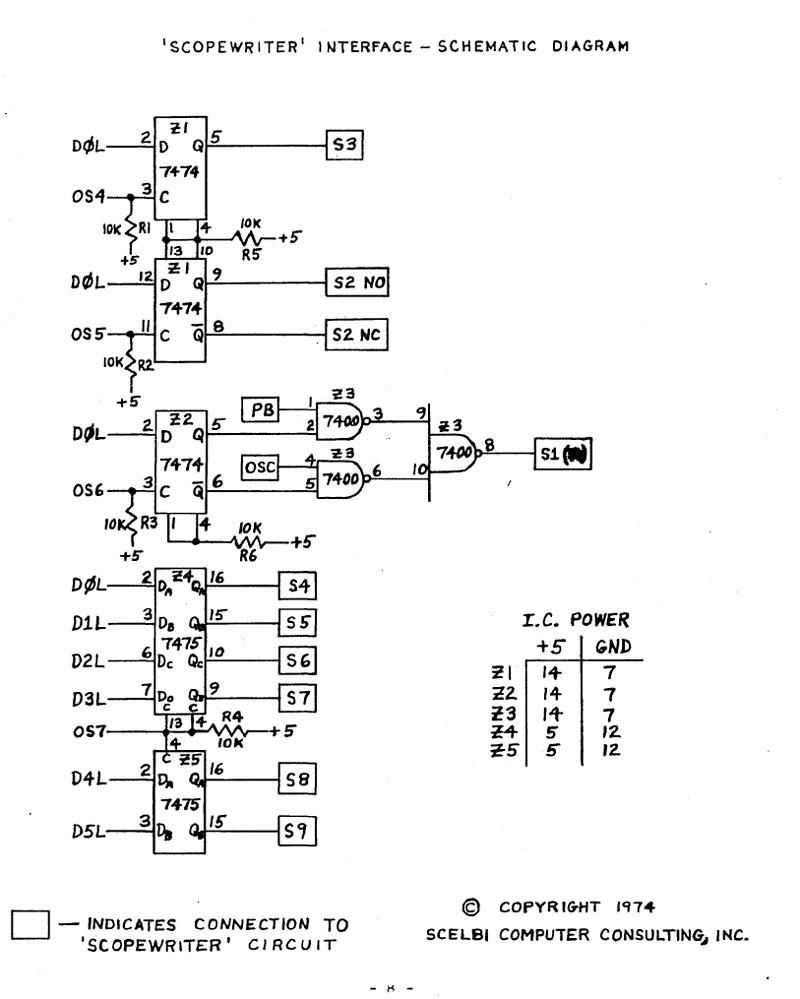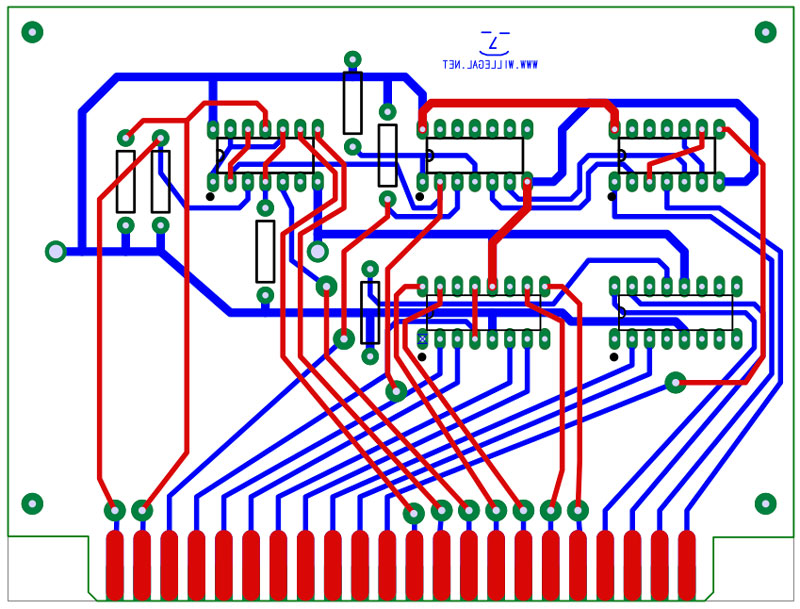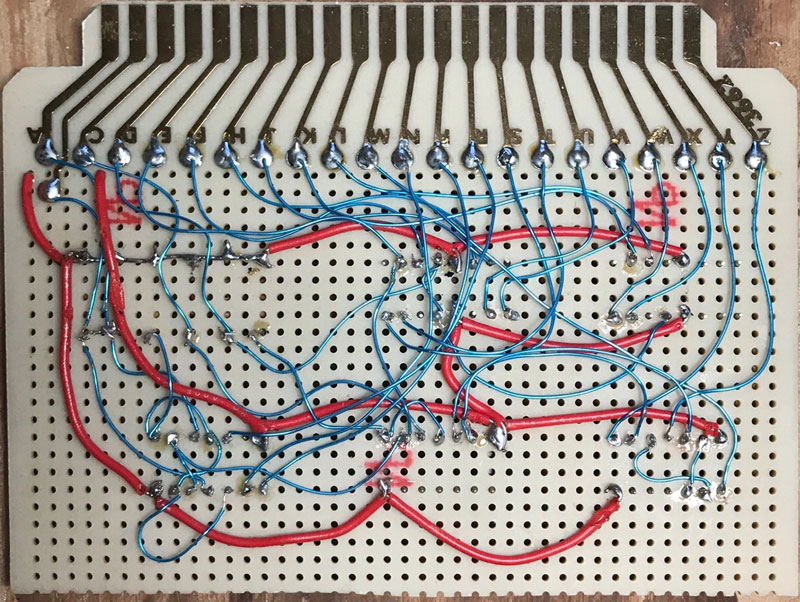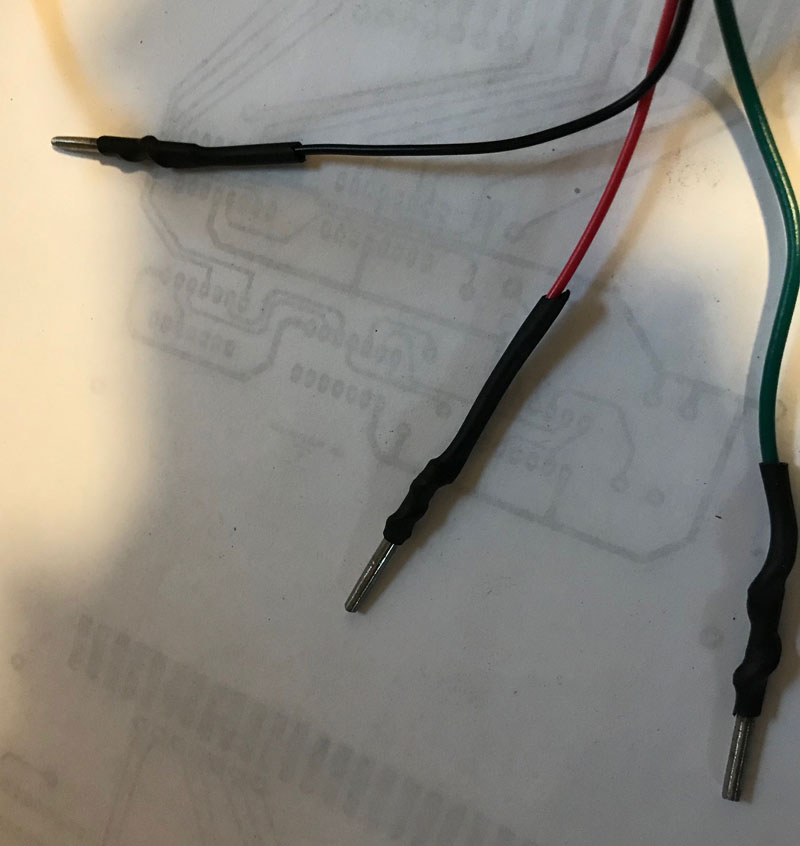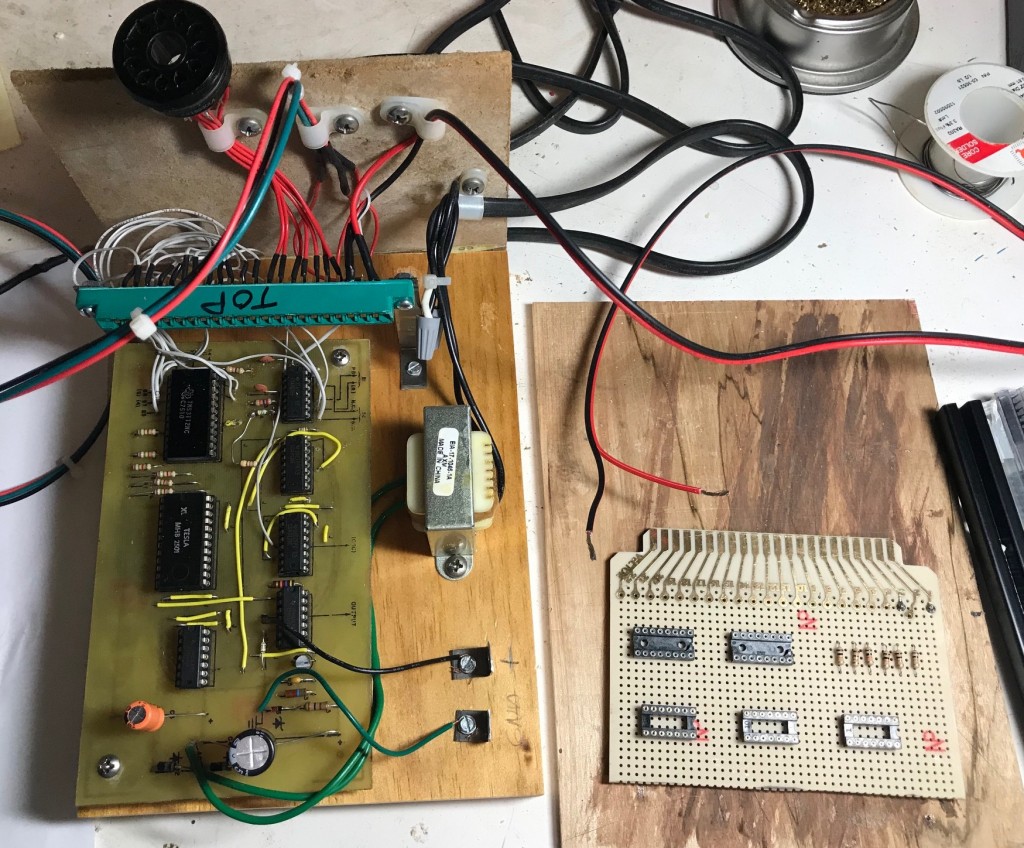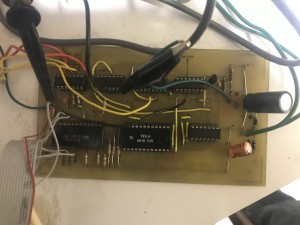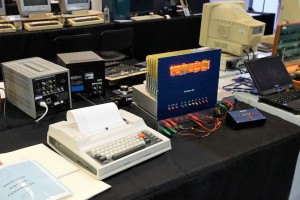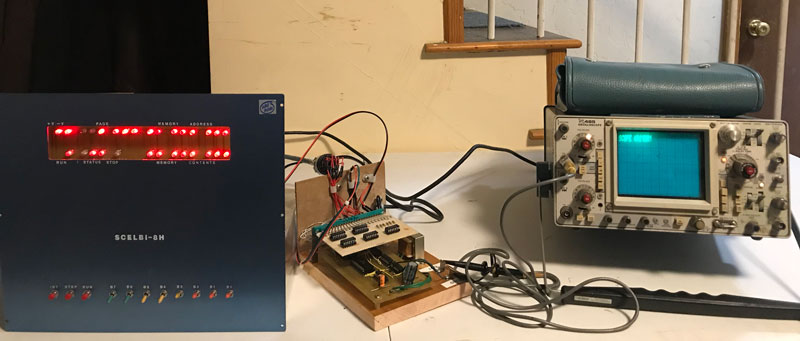
I had a few issues getting this set up working, but it had more to do with the fact that I hadn’t powered up my SCELBI 8H in a long time and I had forgotten how to set it up with MCMON and the serial port adapter. Once I had that all figured out, I just had to move the Scopewriter output ports from 4-7 to 0-3 and tweak the driver to reflect the changed port assignments. After that, the Scopewriter interface worked without any further problems. Well, to be honest, I did initially put a couple of the 74XX chips into the wrong sockets, but that was easily diagnosed and rectified.
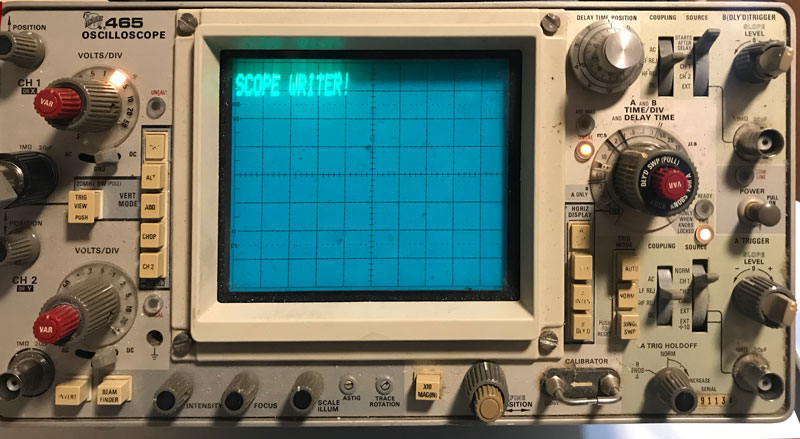
The SCELBI-Scopewriter project has one more step. I’m going to create a modified version of MCMON that uses the Scopewriter for output and the SCELBI keyboard interface for input. This is a combination of historically available add ons. They will transform the SCELBI 8H from a very difficult to use computer to a machine that is fairly practical. If you added a cassette interface, the system ends up with pretty decent capabilities for the day. It’s true that the cassette driver would have to entered via the monitor program, but that shouldn’t take but a minute or two.
The neat thing about this, is that all this technology existed in one form or another, back in the mid 1970s. It’s true that I basically rewrote the Creed monitor for the SCELBI, but the rewrite was certainly something that was doable back in the day.

